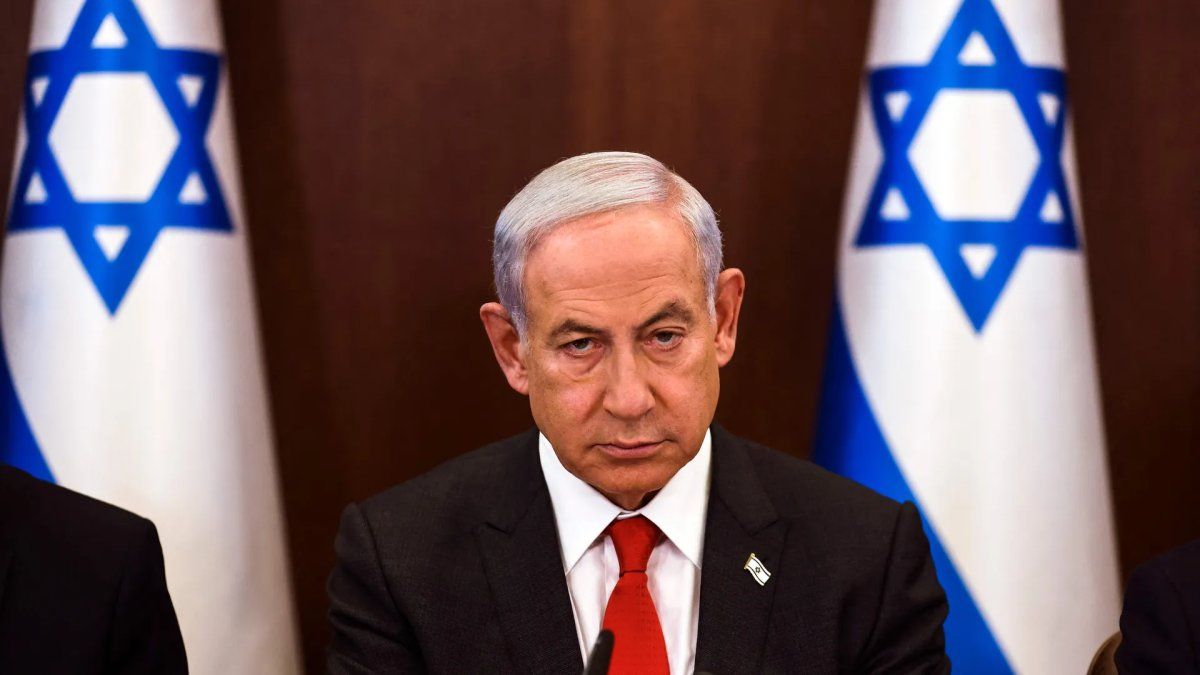The situation is escalating: Israel has launched a “comprehensive attack” against Hezbollah in southern Lebanon. The militia has already struck back with rockets.
Note: This article has been updated several times.
The Israeli army said it carried out massive air strikes against the pro-Iranian Hezbollah militia in southern Lebanon on Saturday evening. “Dozens” of fighter planes were involved in the operation against Hezbollah targets, said army spokesman Daniel Hagari. “Over the past hour, we launched a comprehensive attack in southern Lebanon after we detected Hezbollah preparations to bombard Israeli territory,” the spokesman said.
In the afternoon, Israel’s armed forces had already announced that they had attacked 180 Hezbollah targets. Among other things, “thousands” of operational devices for launching rockets at Israel were destroyed, the military said. There was also artillery fire. Lebanese security circles reported more than 100 attacks in the south of the country.
After Hezbollah attack: Israel imposes restrictions on residents in the north
According to Israeli military sources, around 90 missiles were fired from Lebanon towards Israel. Warning sirens blared in northern Israel. Israel’s army announced increased restrictions for people in the north. In several areas, including the coastal city of Haifa, outdoor gatherings are limited to a maximum of 30 people and indoors to 300 participants, the army said. Residents of the affected areas are also only allowed to go to their workplaces, schools and universities if shelters are available there. The changed guidelines have been in effect since the evening.
Israel kills 16 Hezbollah members – including commanders
On Friday, Israel’s army carried out an attack on a suburb of the Lebanese capital Beirut and, according to its own statements, killed 16 Hezbollah members. Twelve of the 16 fatalities were members of the top leadership. According to the Lebanese Ministry of Health, at least 37 people were killed in total. Three children were among the fatalities.

According to Israeli army spokesman Daniel Hagari, the attack was aimed at commanders “who were involved in planning operations with anti-tank missiles, rocket fire and the planned invasion of Israeli territory.” According to the statement, Akil and the other Hezbollah commanders killed in the attack were planning an attack on northern Israel in which they wanted to “infiltrate Israeli communities and murder innocent civilians” like the radical Islamic Palestinian organization Hamas did on October 7.
Israel’s army: No plans for escalation in Lebanon
After Akil’s killing, the Israeli army assured on Friday that it was not seeking to escalate the conflict in Lebanon. “We are not aiming for a broad escalation in the region,” army spokesman Hagari told journalists. Meanwhile, Israeli Defense Minister Joav Gallant wrote on the online service X that Israel’s “enemies” no longer had a “place of refuge.”
On Tuesday and Wednesday, hundreds of Hezbollah pagers and walkie-talkies exploded simultaneously in Lebanon. The explosions, which occurred in two waves and were attributed to Israel, killed 37 people and injured almost 3,000 others.
Hamas, which is allied with Hezbollah, invaded southern Israel on October 7 last year, triggering the war in the Gaza Strip. According to Israeli sources, at least 1,205 people were killed in the unprecedented Hamas attack and 251 others were taken hostage to the Gaza Strip. According to Hamas figures, which cannot be independently verified, more than 41,000 people have been killed so far in the Israeli offensive in response to the attack.
Since October 8, Israel’s north has also been under constant attack from Hezbollah. Israel is responding to the attacks with counterattacks in Lebanon. Tens of thousands of people on both sides of the border have since become internally displaced.
Source: Stern
I have been working in the news industry for over 6 years, first as a reporter and now as an editor. I have covered politics extensively, and my work has appeared in major newspapers and online news outlets around the world. In addition to my writing, I also contribute regularly to 24 Hours World.




